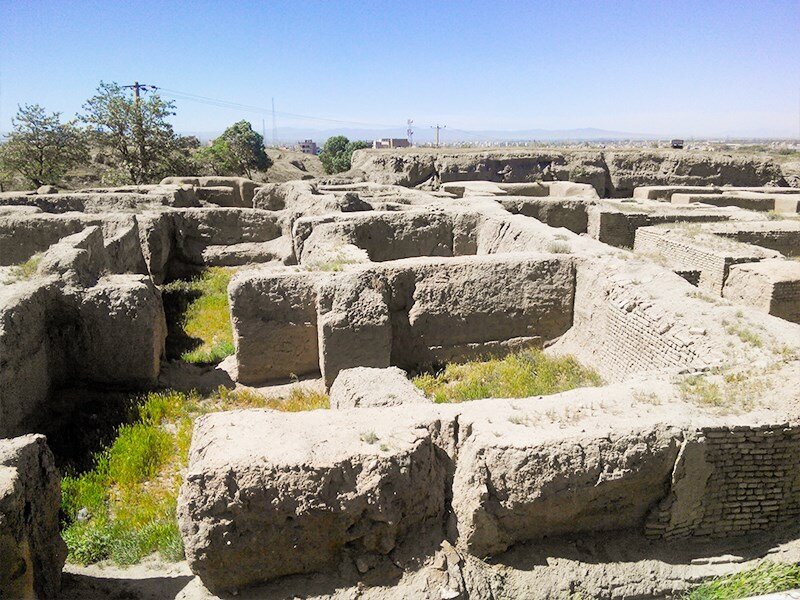INSUBCONTINENT EXCLUSIVE:
TEHRAN-- Tourism in the west of the nation will benefit from the possible addition of ancient Hegmataneh on the UNESCO World Heritage
list.The possible global registration of ancient Hegmataneh in west-central Hamedan province will result in double prosperity for the
tourism axis in the west of the country, a regional tourist authorities stated on Saturday.Before traveling to Iran, foreign trips prepare
their itinerary and discover where most World Heritage sites lie, Ali Khaksar added.Foreign tourists will bring economic prosperity to
Hamedan, so the province will be introduced to the world as a travel location, he explained.Back in May, the main revealed that a working
group has been formed to identify, examine and solve possible problems in the path of possible registration of Hegmataneh in the UNESCO
World Heritage list.Moreover, Hamedan authorities are all set to take initial measures to lead the way for the global registration of
Hegmataneh and prepare it to be evaluated by UNESCO evaluators, he said.Earlier this year, a traffic fellow related to a nearby steel
marketplace was stated as one of the significant barriers confronted with the possible registration based upon UNESCO criteria.Known in
classical times as Ecbatana, Hamedan was among the ancient worlds biggest cities
Pitifully little remains from antiquity, however significant parts of the city center are provided over to excavations
Ecbatana was the capital of Media and subsequently a summer season residence of the Achaemenid kings who ruled Persia from 553 to 330
BC.Ecbatana is widely thought to be when a mystical capital of Medes
According to ancient Greek writers, the city was established in about 678 BC by Deioces, who was the very first king of the Medes.French
Assyriologist Charles Fossey (1869-- 1946) directed the first excavation in Tepe Hegmataneh for 6 months in 1913
Erich Friedrich Schmidt (1897-- 1964), who was a German and American-naturalized archaeologist, took some aerial pictures from Hamedan
According to the Greek historian Xenophon of Athens (c.430-c.355), Ecbatana ended up being the summer home of the Achaemenid kings
Their palace is explained by the Greek historian Polybius of Megalopolis
He writes that the city was richer and more stunning than all other cities worldwide; although it had no wall, the palace, was built on an
artificial terrace, according to Livius, a website on ancient history composed and kept given that 1996 by the Dutch historian Jona
Lendering.Furthermore, an engraving unearthed in 2000 indicates that Achaemenid king Artaxerxes II Mnemon (404-358) built a balcony with
Some twelve kilometers southwest of Hamedan is Ganjnameh, where Darius I and his boy Xerxes had inscriptions cut into the rock.Polybius, a
Greek historian of the Hellenistic duration kept in mind for his work The Histories, informs that the home builders used cedar and cypress
wood, which was covered with silver and gold
The roofing system tiles, columns, and ceilings were plated with silver and gold
He includes that the palace was removed of its rare-earth elements in the invasion of the Macedonian king Alexander the Great and that the
rest was taken throughout the reigns of Antigonus and Seleucus
Later, Ecbatana was among the capitals of the Seleucid and the Parthian Empires, in some cases called Epiphaneia.Around 1220 Hamedan was
damaged by the Mongol intruders
In 1386 it was sacked by Timur (Tamerlane), a Turkic conqueror, and the residents were massacred
It was partly brought back in the 17th century and subsequently changed hands typically between Iranian judgment homes and the Ottomans.ABU/

